
Fertilizer Industry News Roundup
Yara to purchase renewable calcium ammonium nitrate (CAN) from Atome

Yara to purchase renewable calcium ammonium nitrate (CAN) from Atome
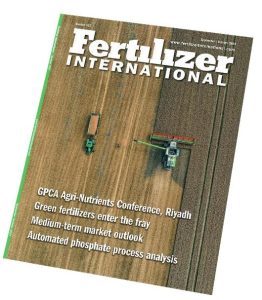
The International Fertilizer Association’s annual Global Markets Conference is an in-depth event for those tracking the market. This year’s two-day gathering in London in July lived up to its billing as a meeting of curious minds (Fertilizer International 521, p4).
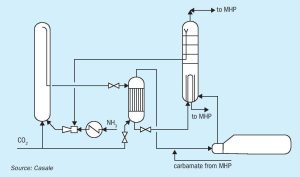
We highlight recent production advances and innovations in nitrogen fertilizer production from Casale and Stamicarbon, two global leaders in process technology.

The International Fertilizer Association (IFA) recently published its annual medium-term outlook for the fertilizer market. This followed presentations by Laura Cross and Armelle Gruère of IFA’s Market Intelligence Service at the Association’s Annual Conference in Singapore in late May.

Ronald Clemens , ICL’s Marketing & Portfolio Manager CRF, talks to Fertilizer International about the role of controlled-release fertilizers in sustainable agriculture.

The last year has seen the first shipments of low-carbon ‘green’ fertilizers from companies such as Yara, Fertiberia, OCI and Sabic Agri-Nutrients. Partnerships with food manufacturers and retailers are helping to grow this emerging market and drive demand.
Join us at the CRU Sulphur + Sulphuric Acid 2024 Conference and Exhibition in Barcelona, 4-6 November, for a global gathering of the sulphur and sulphuric acid community. Meet leading market and technology experts and producers, network, share knowledge, and learn about market trends and the latest developments in operations, process technology and equipment.
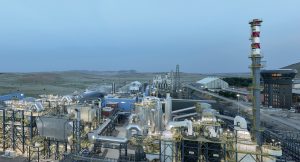
As more focus extends to a circular economy, there are industry wide discussions on whether future global sulphur demand will be challenged by the energy transition and decarbonisation. Hannes Storch, Collin Bartlett and Marcus Runkel of Metso discuss how the recycling of pyrite tailings could address some of these issues.
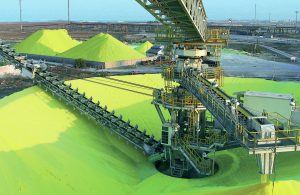
Transporting sulphur as a dry bulk solid can lead to it breaking into small particles which create dust. Over the years, various forming processes have been developed to try and minimise dust formation and produce the strongest, most resilient formed sulphur particles.
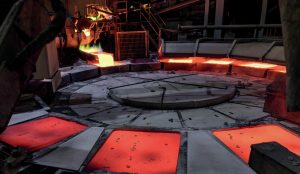
China’s acid production continues to grow as new smelters come on-stream. But high domestic demand from phosphate production as export restrictions are lifted and a shortage of copper concentrate may limit the potential for acid exports.